Climate Change Adaptation
The impacts of climate change are becoming increasingly evident, driving the need for adaptive water management strategies within the Desalination System Market. As weather patterns shift and extreme weather events become more frequent, traditional water sources are often compromised. Desalination systems offer a resilient alternative, particularly in regions vulnerable to droughts and water shortages. By 2025, it is projected that investments in desalination technologies aimed at climate adaptation could increase significantly, as stakeholders recognize the necessity of diversifying water supply sources. Furthermore, the integration of renewable energy sources, such as solar and wind, into desalination processes is gaining traction, enhancing sustainability. This alignment with climate adaptation strategies positions the Desalination System Market as a critical component in addressing the challenges posed by climate change, potentially leading to accelerated growth and innovation.
Increasing Water Scarcity
The escalating issue of water scarcity is a primary driver for the Desalination System Market. As populations grow and climate change exacerbates drought conditions, the demand for alternative water sources intensifies. Reports indicate that by 2025, nearly 2 billion people may experience water shortages, prompting governments and industries to seek innovative solutions. Desalination systems offer a viable method to convert seawater into potable water, thus addressing the urgent need for sustainable water supply. This trend is likely to propel investments in desalination technologies, as regions with limited freshwater resources increasingly turn to these systems to ensure water security. Consequently, the Desalination System Market is poised for substantial growth as stakeholders recognize the necessity of diversifying water sources to mitigate the impacts of water scarcity.
Technological Innovations
Technological advancements play a crucial role in shaping the Desalination System Market. Innovations such as reverse osmosis, forward osmosis, and solar desalination are enhancing the efficiency and cost-effectiveness of desalination processes. For instance, the introduction of energy recovery devices has significantly reduced energy consumption, which is a major operational cost in desalination plants. As of 2025, the market is witnessing a shift towards more energy-efficient systems, with some estimates suggesting that new technologies could lower energy costs by up to 30%. Furthermore, the integration of artificial intelligence and IoT in monitoring and managing desalination operations is expected to optimize performance and reduce downtime. These technological strides not only improve the feasibility of desalination projects but also attract investments, thereby driving the growth of the Desalination System Market.
Rising Demand for Clean Water
The growing demand for clean and safe drinking water is a significant driver for the Desalination System Market. As urbanization accelerates and populations expand, the pressure on existing freshwater resources intensifies. Reports indicate that by 2025, the demand for potable water is expected to increase by over 30% in many regions, necessitating the exploration of alternative sources. Desalination systems provide a reliable solution to meet this burgeoning demand, particularly in coastal areas where seawater is abundant. The increasing awareness of water quality issues further propels the adoption of desalination technologies, as consumers and industries alike prioritize access to clean water. This trend is likely to stimulate investments in desalination infrastructure, thereby driving the growth of the Desalination System Market as stakeholders seek to ensure a sustainable supply of safe drinking water.
Regulatory Support and Policy Frameworks
The role of regulatory support and favorable policy frameworks is increasingly significant in the Desalination System Market. Governments are recognizing the importance of sustainable water management and are implementing policies that encourage the development of desalination projects. For example, various countries have established funding programs and incentives for desalination initiatives, which can cover a substantial portion of capital costs. As of 2025, it is estimated that public funding for desalination projects has increased by approximately 20% in regions facing acute water shortages. This supportive environment not only facilitates the establishment of new desalination plants but also enhances the overall attractiveness of the market for private investors. Consequently, the Desalination System Market is likely to benefit from this regulatory momentum, fostering growth and innovation in water desalination technologies.


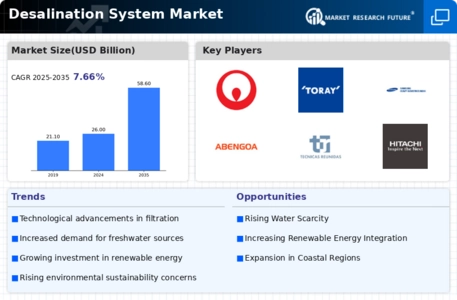
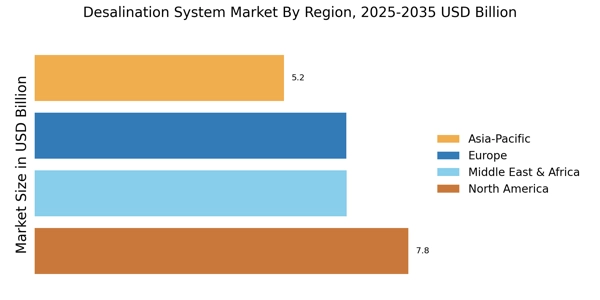
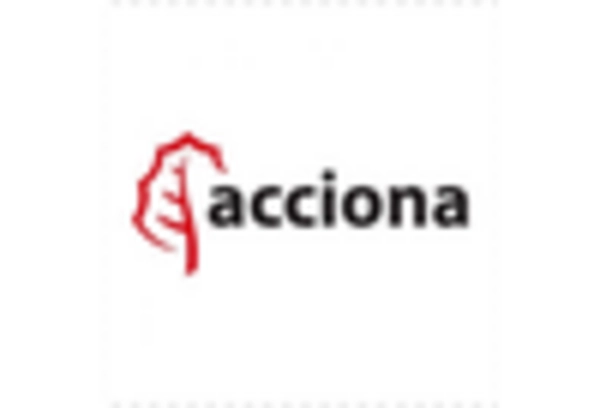
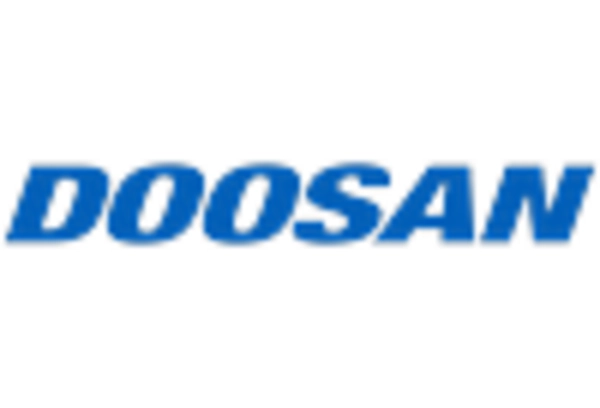
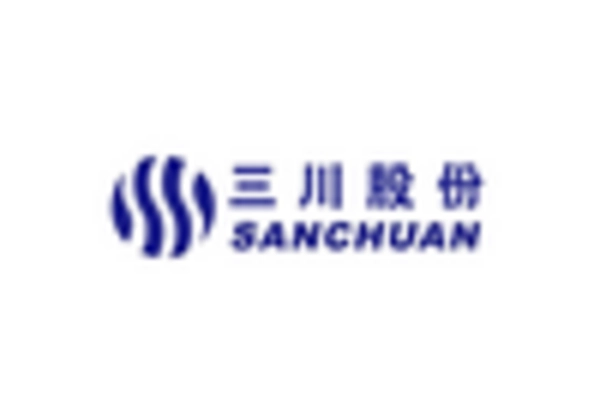
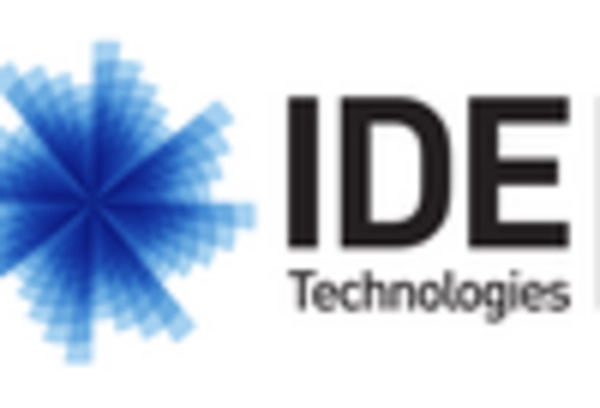
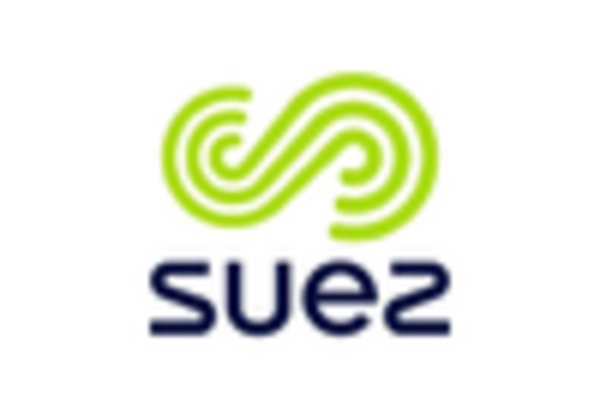
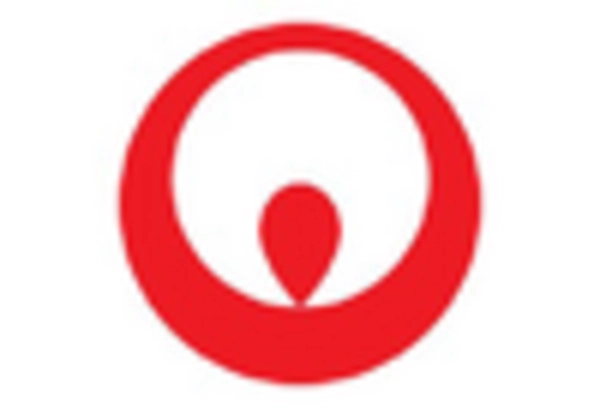








Leave a Comment